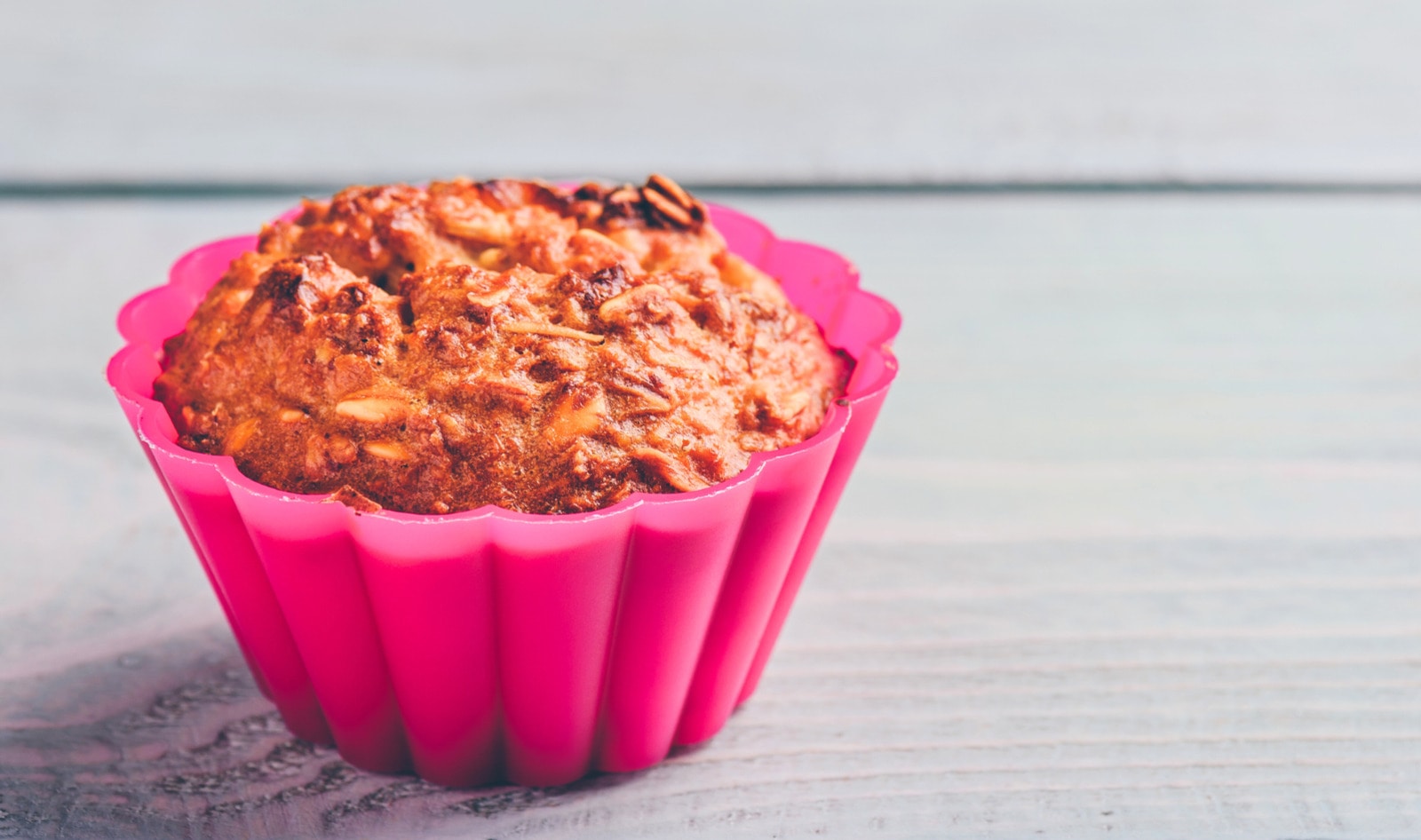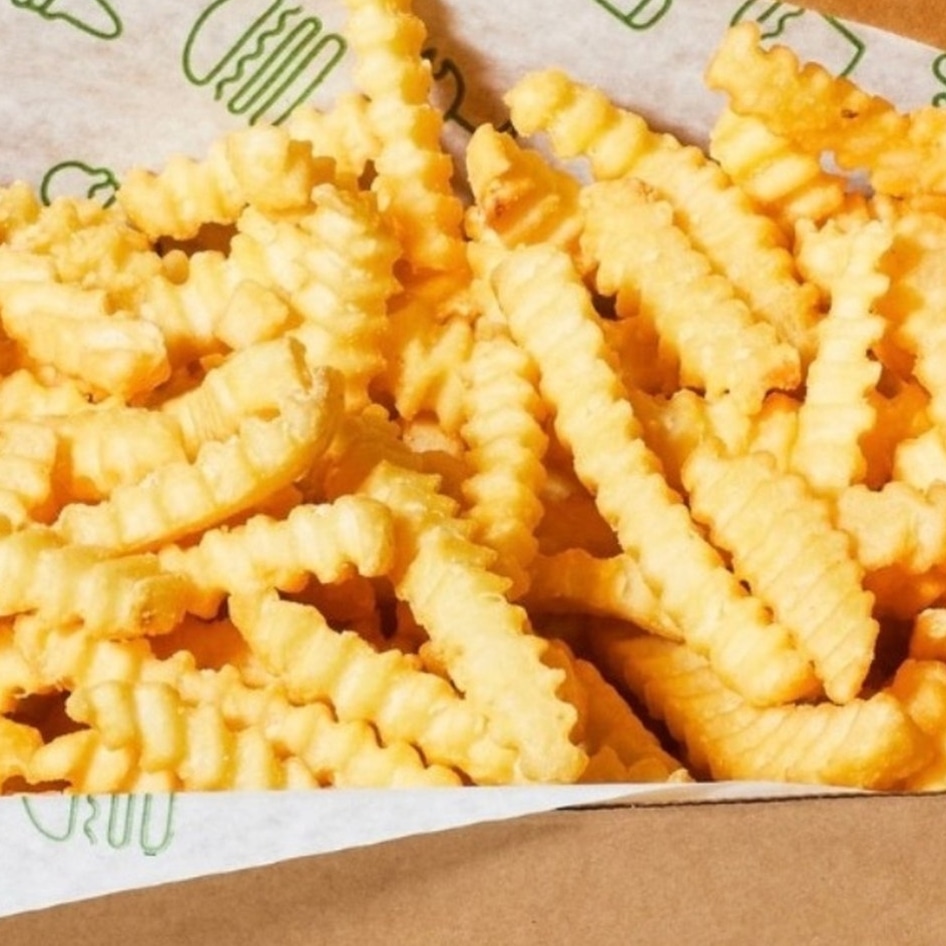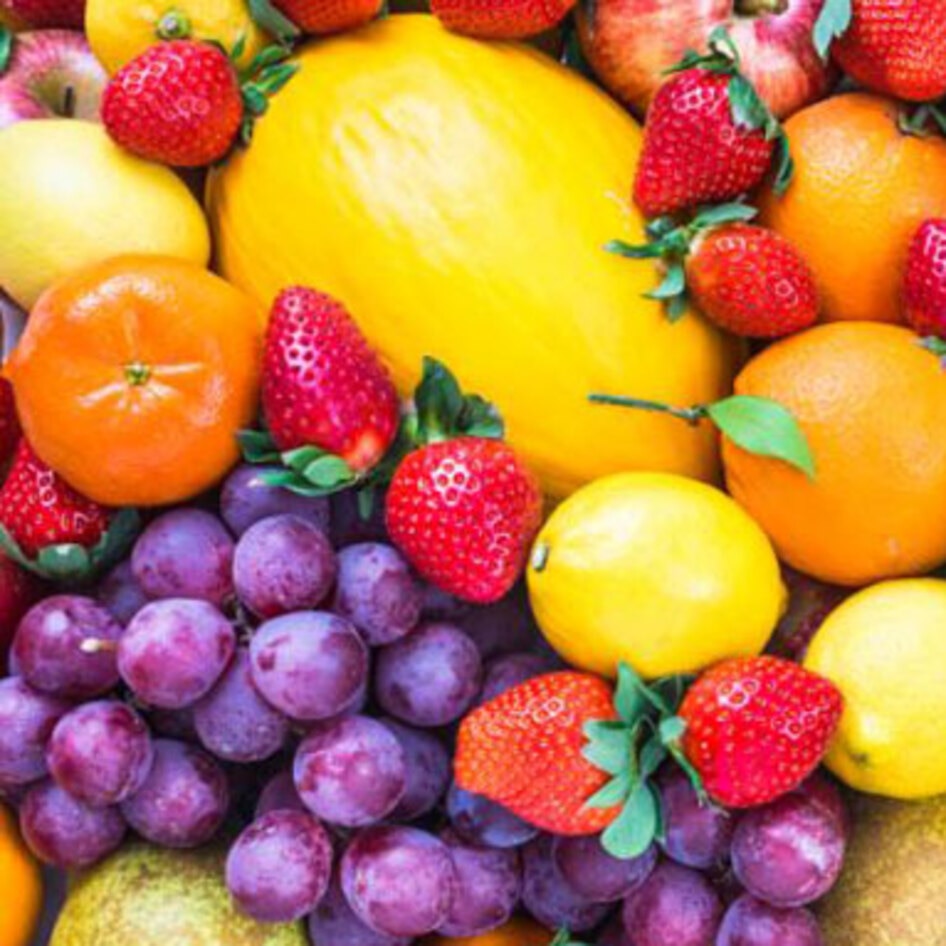Let’s be honest, silicone makes baking so much easier. It’s naturally nonstick, easy to clean, heat-resistant, flexible, and it’s even freezer-safe, too. We could continue, but you get the gist: silicone bakeware makes baking a breeze. But there’s a catch. According to a new study, using silicone to bake might actually be leaching chemicals into our food and the air.
The new research, conducted by Canadian scientists and published in the Journal of Hazardous Materials, examined 25 silicone baking tools—like cupcake trays and loaf pans—available from Canadian stores. Each item was filled with sand and oil (to mimic high-fat baked goods), and then baked at 177 degrees Celsius (about 338 degrees Fahrenheit) for one hour.
![]() Pexels
Pexels
After baking, the researchers took samples from the sand-and-oil mixture and from the surrounding air, and found high amounts of cyclic siloxanes. Concentrations varied, and migration tended to be higher in items with a greater exposed surface area.
Are silicone chemicals dangerous?
Siloxanes are labeled from D4 up to D16. In simple terms, the number reflects the size of the molecule. Higher numbers mean bigger, heavier compounds. Smaller siloxanes tend to be lighter (these are the types that may evaporate into the air), and heavier ones are more likely to stay in the food.
“The average concentration of the sum of D4 [to] D16 in baked food simulants was 105 µg/g,” the study explains. “One-hour average concentrations of the sum of D4 [to] D16 in indoor air reached 646 µg/m³ , and declined rapidly post-baking.” This basically means that some siloxanes get into the food while baking, and some move into the air, but the airborne levels clear quickly afterward.
 Pexels
Pexels
BECOME A VEGNEWS VIP: Get exclusive product deals, freebies, and perks galore!
There is some research available on how dangerous or toxic these siloxanes might be. In 2024, for example, one review published in the Journal of Applied Toxicology suggested that D4, D5, and D6 have been associated with potential endocrine disruption, reproductive effects, and liver toxicity in certain studies or at certain exposure levels.
Should you stop using silicone bakeware?
One important takeaway from the new study is that silicone baking tools with prolonged use released fewer chemicals. The researchers noted that chemical migration decreased by about 95 percent after three baking cycles.
With that in mind, and considering that airborne siloxanes seem to dissipate quickly, experts have urged people not to immediately throw away all of their silicone bakeware.
“This is not a moment to panic,” Jamie Alan, PhD, an associate professor of pharmacology and toxicology at Michigan State University, told Prevention.
“While [baking] conditions are similar, they are not identical. Second, they also found less silicone transfer with time. So, if you have been using a silicone product for a long while, it is likely safer to use.”
She added that those who remain concerned could switch to other materials. “The data is changing rapidly, but glass seems to be the least harmful product,” she said. “You could also consider lining baking sheets and pans with parchment paper.”
For more plant-based stories like this, read:
JUMP TO ... Latest News | Recipes | Guides | Health | Subscribe









